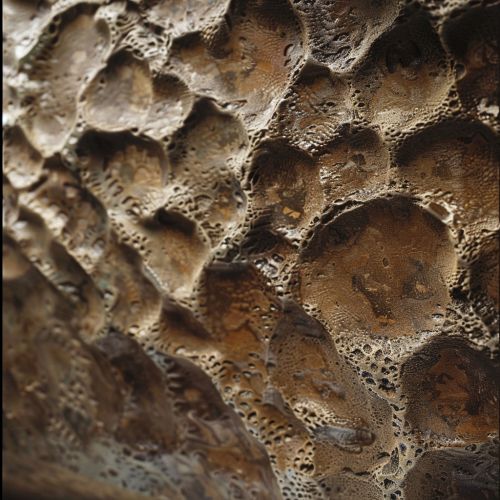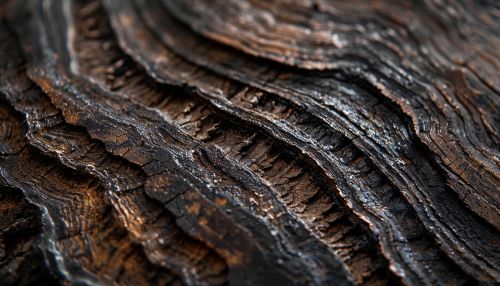Texture
Introduction
Texture is a fundamental aspect of our sensory perception, playing a crucial role in our interaction with the world around us. It refers to the physical or visual quality of a surface, as determined by its irregularities, roughness, smoothness, hardness, softness, and other tactile properties. Texture is a vital element in various fields, including art, architecture, fashion, geology, and computer graphics, among others.
Physical and Visual Texture
Physical texture, also known as actual texture, refers to the actual variation in a surface. It can be perceived through the sense of touch. Examples of physical texture include the roughness of sandpaper, the smoothness of silk, or the hardness of a rock. On the other hand, visual texture, also known as implied texture, is the perceived texture of a surface, even if the surface is smooth to the touch. This type of texture is commonly used in art and design, where the illusion of texture is created through different techniques and styles.


Texture in Art
In the realm of art, texture is a crucial element that adds depth and dimension to artworks. It can be used to evoke certain emotions, create visual interest, or guide the viewer's eye. Artists can create texture through various techniques, such as impasto, where thick layers of paint are applied to create a textured surface, or through the use of different materials, such as fabric, sand, or even metal.
Texture in Architecture
In architecture, texture plays a significant role in the aesthetic and functional aspects of a structure. The texture of a building's materials can affect its visual appeal and how it interacts with light and shadow. Furthermore, texture can also influence a building's thermal performance and durability. For instance, rough textures can help reduce heat gain and loss, while smooth textures can enhance water runoff.
Texture in Fashion
Texture is a vital element in fashion design, influencing both the aesthetic and functional aspects of garments. Different fabrics have different textures, which can affect a garment's look, feel, and drape. For instance, silk has a smooth and soft texture, making it ideal for flowing dresses, while denim has a rough and sturdy texture, making it suitable for durable clothing like jeans.
Texture in Geology
In geology, texture refers to the physical arrangement and orientation of the minerals within a rock. It provides crucial information about the rock's formation and history. For instance, a coarse-grained texture, where the individual mineral grains are visible to the naked eye, suggests a slow cooling process, while a fine-grained texture, where the grains are too small to be seen without magnification, suggests a rapid cooling process.
Texture in Computer Graphics
In computer graphics, texture mapping is a technique that applies a two-dimensional image, or a texture, onto a three-dimensional object. This technique enhances the realism of the object by providing detailed surface characteristics. There are various types of texture mapping, including diffuse mapping, which provides color information, and bump mapping, which simulates surface details to create the illusion of a textured surface.
Conclusion
In conclusion, texture is a multifaceted concept that permeates various fields, from art and architecture to fashion, geology, and computer graphics. It is a testament to the intricate interplay between our sensory perception and the physical world, shaping our interaction with our surroundings and enriching our experiences.
